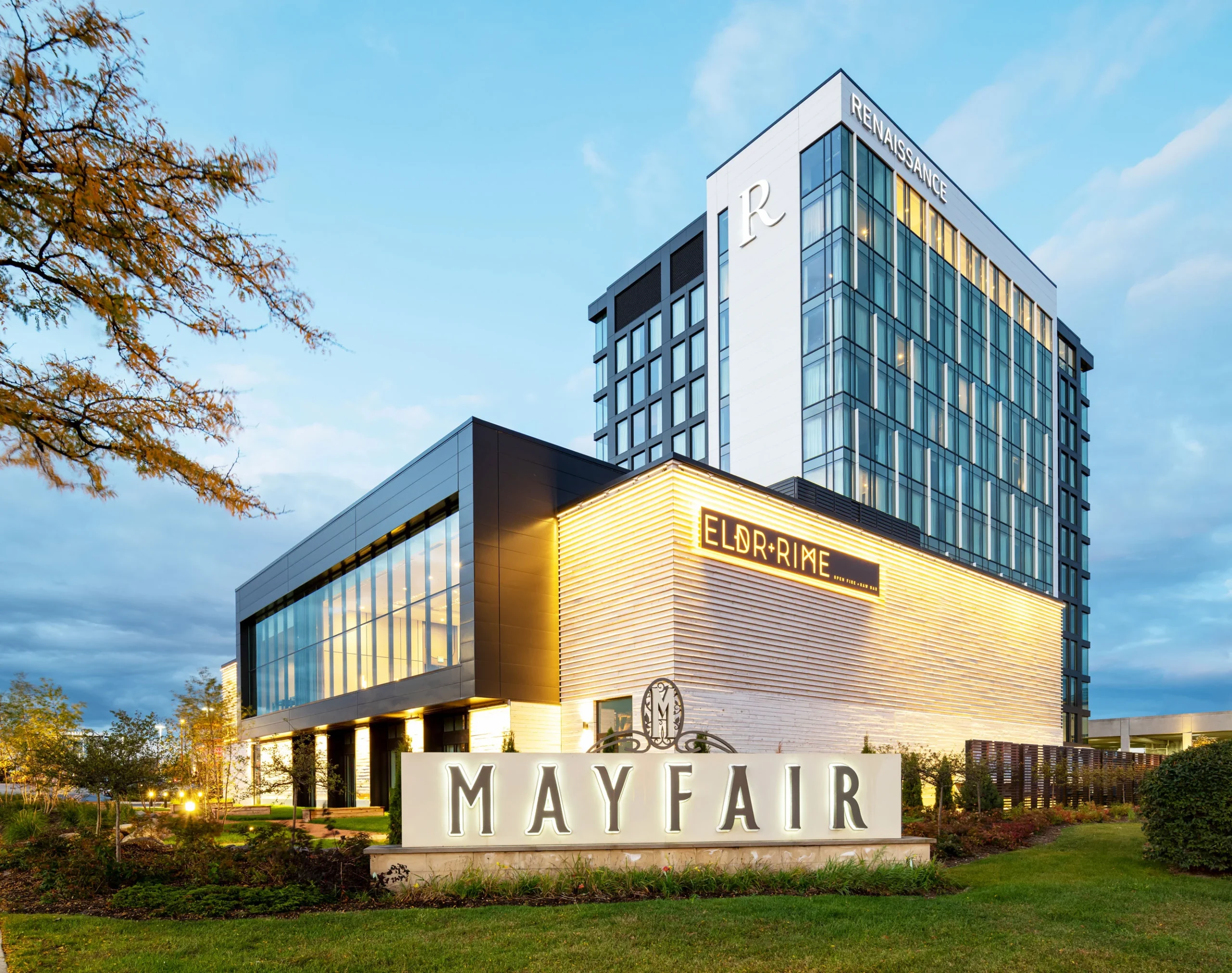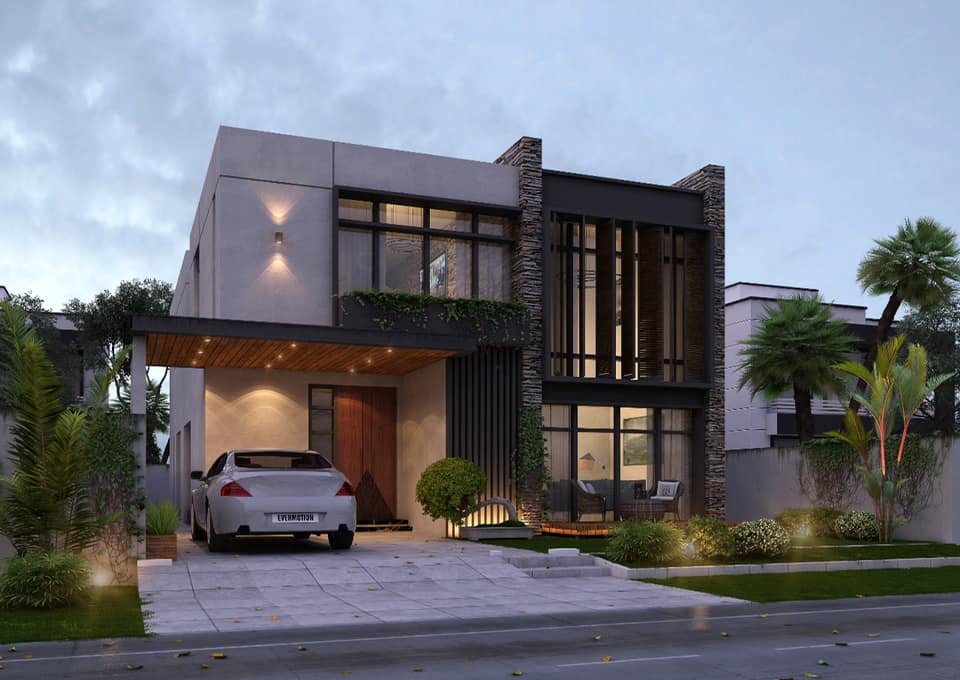
Smog in Pakistan: Do’s and Don’ts
Smog, a perilous blend of fog and smoke, has become a menacing adversary in the battle for clean air for the entire globe. Comprising a toxic mix of gases and particulates, smog in Pakistan poses severe health risks to all living beings. This airborne hazard, fueled by coal combustion, vehicle emissions, industrial activities, and agricultural burnings, can lead to a myriad of health issues, from respiratory problems to eye irritation.

In this blog, we explore the types of smog, its sources, and the ensuing effects, while providing 10 essential do’s and don’ts to safeguard health during smog episodes.
How is Smog Formed?
Understanding how smog forms involves demystifying the intricate dance of certain chemicals in our atmosphere. Picture it as a complex recipe where various ingredients interact to create visible air pollution, what we commonly call smog.
The primary culprit in this atmospheric concoction is nitrogen oxides, mainly emitted from vehicles. Imagine cars zooming along busy streets, releasing these oxides into the air. But it’s not just about traffic; other contributors include industrial activities and even the use of certain products like solvents or paints that release volatile organic compounds.
Now, let’s break down the process. When these nitrogen oxides interact with sunlight, a series of chemical reactions kicks off. The result? The formation of smog. It’s like the sun triggers a chemical transformation, turning the air we breathe into a visible, often hazy, pollution.
So, in a nutshell, smog is born when specific chemicals in our atmosphere mingle with sunlight, creating visible air pollution. While vehicles are a major player, it’s also about how various human activities release these chemicals, adding an extra layer to the complex smog story.

Types of Smog
Smog comes in at least two forms: sulphurous smog and photochemical smog.
Sulfurous Smog (London Smog)
Caused by a high concentration of sulphur oxides in the air, sulfurous smog is referred to as ‘London smog’. Sulfurous smog arises from sulfur-containing fossil fuels, especially coal. Damp conditions and suspended particulate matter exacerbate this type of smog.
Photochemical Smog (Los Angeles Smog)
Prevalent in urban areas with high automobile concentrations, photochemical smog, or ‘Los Angeles smog’, does not require smoke or fog. Nitrogen oxides and hydrocarbon vapours from automobiles undergo photochemical reactions in the lower atmosphere. This results in the formation of highly toxic ozone, leading to a light brownish colour in the atmosphere, reduced visibility, plant damage, eye irritation, and respiratory distress.

Do’s and Don’ts During Smog Episodes
Currently, the country is undergoing its seasonal smog spell. Here are a few things you can adopt or avoid to protect yourselves against the undesirable effects of smog in Pakistan at the mass level:
Stay Indoors During Peak Hours
When smog levels reach their zenith, it becomes crucial to minimize outdoor activities. Recommendations include refraining from sending children to school and playgrounds during severe smog conditions. Adults should avoid outdoor exercises and, where possible, work from home.
Hydrate Regularly
Keeping oneself hydrated is paramount during smoggy days. Adequate water intake aids in detoxifying air pollutants, assisting the body in flushing them out.
Adopt a Healthy Diet
Strengthen your immune system by incorporating foods like honey and basil leaves into your diet. A robust immune system equips the body to better combat the adverse effects of smog.
Use Public Transport
Opt for public transportation during peak smog hours to reduce the number of vehicles on the road. This collective effort can significantly contribute to mitigating air pollution caused by vehicular emissions.
Avoid Dust-Prone Areas
Steer clear of construction sites and locations with high dust levels during smog episodes to minimize exposure to airborne particulates.
Say No to Crackers
While festivities are joyous occasions, the use of firecrackers contributes significantly to air pollution. Refraining from bursting crackers during celebrations safeguards both the environment and personal health.
Wear Pollution Masks
When venturing outdoors, prioritize the use of pollution masks rated N95 or N99. These masks act as a protective barrier, reducing the inhalation of harmful pollutants.
Invest in an Air Purifier
Enhance indoor air quality by investing in an air purifier. Choose a model that suits the size of your room for optimal effectiveness in eliminating indoor pollutants.
Embrace Indoor Plants
Integrate indoor plants into your living space, as they act as natural air purifiers. These plants assist in reducing air pollutants, fostering cleaner air in and around your home.
Contribute to a Healthier Society
Acknowledge the collective responsibility we share for clean air. Each individual effort, no matter how small, contributes to the well-being of society. Strive to make choices that promote a healthier environment for everyone.

Conclusion
As we navigate the complexities of smog in Pakistan, understanding its types, sources, and effects is crucial. Armed with this knowledge, individuals can actively contribute to a healthier tomorrow by implementing the recommended do’s and don’ts during smog episodes. In the pursuit of clean, unpolluted air, collective efforts play a pivotal role in shaping a sustainable future.
If you know of any more ways to fight smog, write to us in the comment section below. For more news, keep checking Pakistan’s largest real estate blog, Zameen Blog.



